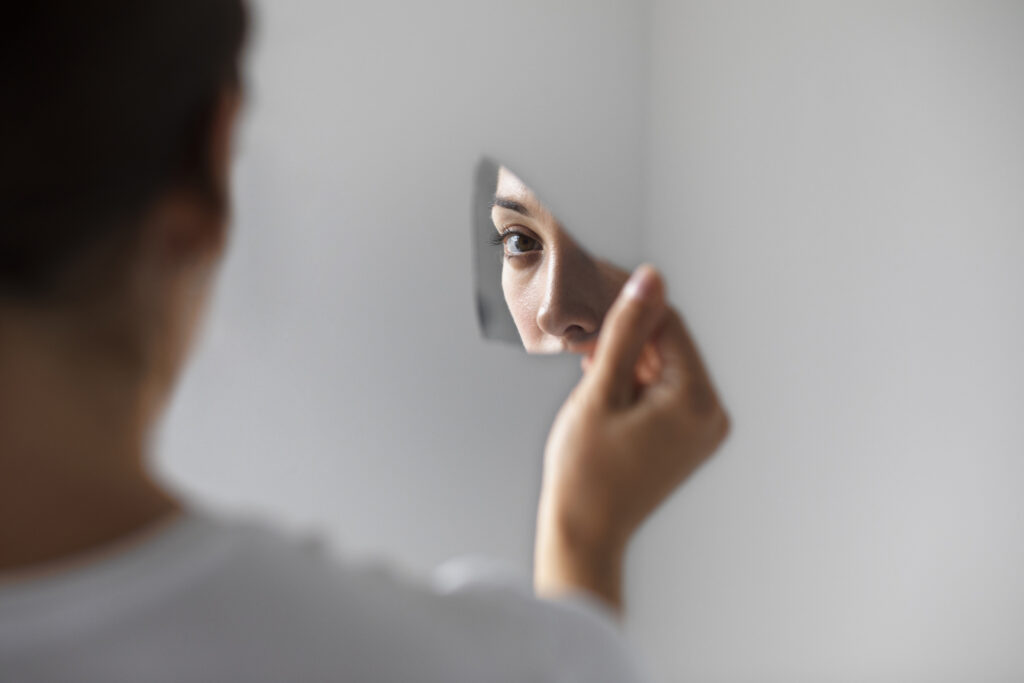
Let’s dive into a topic we’ve all grappled with but seldom discuss openly: the fear of rejection and the nagging self-doubt that often tags along. You know the feelings I’m talking about—the ones that surface when you’re about to share an idea, ask someone out, or embark on a new project. It’s that little voice whispering, “What if they don’t like me?” or “What if I’m not good enough?” But here’s the good news: fear of rejection and self-doubt don’t have to keep you stuck. Together, let’s explore what’s really going on and, more importantly, how you can rise above it.
Understanding the Roots of Fear and Self-Doubt
It may surprise you, but fear of rejection isn’t just about worrying someone will say “no.” It taps into our deep-seated need for acceptance and belonging. Historically, being part of a group was crucial for survival; rejection could literally mean life or death. While we may not live in caves anymore, that instinct to avoid rejection is still hardwired in our brains.
Self-doubt often plays the role of rejection’s accomplice. It manifests as that inner critic questioning your capabilities and worthiness. Have you ever experienced “imposter syndrome,” feeling like a fraud despite clear evidence of your success? You might be preparing for a presentation, and even with hours of practice, that little voice pipes up, “What if you forget everything?” Sound familiar?
The Everyday Impact of Fear and Doubt
Let’s be honest: fear of rejection and self-doubt can hold you back in many ways. At work, you might hesitate to share your ideas or take on new challenges. In your relationships, you could hold back your true feelings or avoid reaching out to new people altogether—what if they don’t like you? Even personal goals can feel paralyzed by these fears, morphing into procrastination or perfectionism. You might delay starting a project because you’re terrified of not doing it perfectly—or worse, never start at all.
Here’s the Good News
You don’t have to let fear of rejection and self-doubt dictate your life. While these feelings are normal, they don’t have to take control. Here are some strategies to manage them and cultivate greater confidence:
1. Challenge Negative Thoughts
When your mind is swirling with negativity, it’s essential to question those thoughts. Are they based on reality? Ask yourself, “Is there real evidence for this?” or “What would I say to a friend feeling this way?” Often, you’ll discover that your mind is exaggerating the risks involved. Replace those negative thoughts with more balanced affirmations like “I’m prepared for this” or “Even if it doesn’t go perfectly, I’ll learn something.”
2. Practice Self-Compassion
We are often our own harshest critics. Think about how you would encourage a friend facing self-doubt. Wouldn’t you be kind and supportive? Extend that same compassion to yourself. When facing rejection or mistakes, remind yourself that it’s a part of being human. The more you practice self-compassion, the less power self-doubt will hold over you.
3. Gradually Face Your Fears
Avoiding situations that scare you only reinforces that fear. Instead, try facing those situations step by step. It’s like dipping your toes into the water before taking the plunge. For instance, if you fear public speaking, start practicing in front of a mirror, then move on to a small group of friends. Each exposure will help you realize you can handle more than you thought.
4. Set Realistic, Achievable Goals
Setting lofty goals can set you up for failure. Break your larger objectives into smaller, manageable steps. This way, you’ll have little wins along the way to build your confidence. If your aim is to improve your fitness, start with a daily 15-minute walk and gradually increase the duration. Each small success can chip away at self-doubt.
5. Lean on Your Support System
Never underestimate the power of sharing your feelings with someone you trust. Whether it’s a friend, family member, or therapist, having someone who believes in you can provide that extra boost. Sometimes, just hearing, “You’ve got this” can quiet that nagging voice of doubt. Sharing your fears can also make them feel less daunting.
6.Reframe Your Worst-Case Scenario

When fear and self-doubt creep in, it’s easy to jump to the worst-case scenario—imagining every possible negative outcome. However, this mental exercise often leads us to underestimate our resilience and ability to cope. Instead of fixating on what could go wrong, try asking yourself, “What’s the worst that could happen, and how would I handle it?” By envisioning the worst-case scenario, you can develop a plan for how to manage it, which often diminishes its power over you. For example, if you’re worried about failing a presentation, imagine the worst outcome: maybe you stumble over your words or forget key points. Now think about how you would recover—apologizing, laughing it off, or simply continuing. This approach not only prepares you for potential setbacks but also reminds you that you can navigate challenges, making the prospect of failure less intimidating.
Fear of rejection and self-doubt are common experiences that don’t have to control your life. By challenging negative thoughts, practicing self-compassion, gradually facing your fears, setting realistic goals, and seeking support, you can push past these barriers and start living a more authentic and fulfilling life. Remember, it’s not about eliminating fear or doubt entirely; it’s about learning to navigate these emotions and keep moving forward.
So, the next time that little voice says, “You can’t,” respond with, “Watch me.” You’ve got this.If you need help you are more than wellcom to reach me at sartipicounselling.



